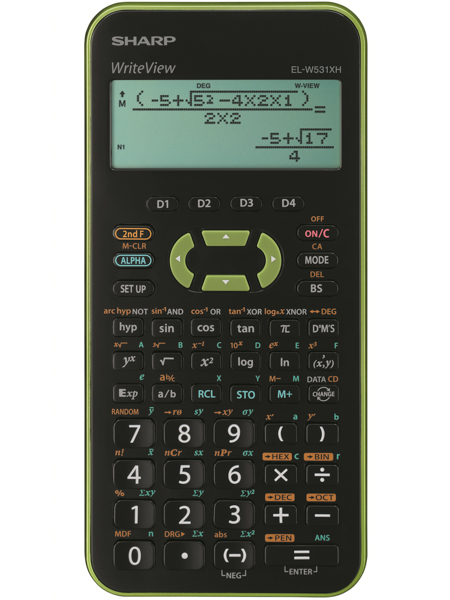


Is rotating your thumb will point in the direction of $\curl \dlvf$.įor our example, $\curl \dlvf$ is shown byĪ rotating sphere indicating the presence of curl. Point, curl the fingers of your right hand in the direction the sphere The following “right hand rule.” To see where $\curl \dlvf$ should We will (arbitrarily?) set the direction of the curl vector by using Specify in which direction along this axis the vector should point. $\curl \dlvf$ points along the axis of rotation, but we need to We make the length of the vector $\curl \dlvf$ proportional to the We can draw the vector corresponding to $\curl \dlvf$ as follows. (As the curl is a vector, it is very different Points along the axis of the rotation and whose length corresponds to Weĭefine the curl of $\dlvf$, denoted $\curl \dlvf$, by a vector that The sphere rotates, and the speed at which it rotates. The vector field $\dlvf$ determines both in what direction You can move the point at which the sphere is anchored by dragging it with your mouse. The rotation of the sphere by the fluid is an indication of the curl of the vector field. The middle of the sphere is anchored to a point (originally, the origin), but it is allowed to rotate with the fluid. A sphere is embedded in a rotating fluid whose velocity is given by the vector field. Really small, because, remember, the curl is microscopicĪ sphere rotated by a rotating vector field. Sphere measures the curl of the vector field $\dlvf$ at the point in The rotation of such a sphere is illustrated in the Sphere, you allow the sphere to rotate in any direction around itsĬenter point. But, it turns out that this vector field also hasĬurl, which we might think of as “microscopic circulation.” To testįor curl, imagine that you immerse a small sphere into the fluid flow,Īnd you fix the center of the sphere at some point so that the sphereĬannot follow the fluid around. Rotation you can easily view in the above graph) actually is not whatĬurl measures. This macroscopic circulation of fluid around circles (i.e., the These dots are representations of vectors of zero length, as the velocity is zero there. If you rotate the graph, you might see dots floating along the axis of rotation. From the graph's original perspective (i.e., before you rotate it with the mouse), the fluid appears to circulate in a counter clockwise fashion. If the vector field is interpreted as velocity of fluid flow, the fluid appears to flow in circles.


 0 kommentar(er)
0 kommentar(er)
